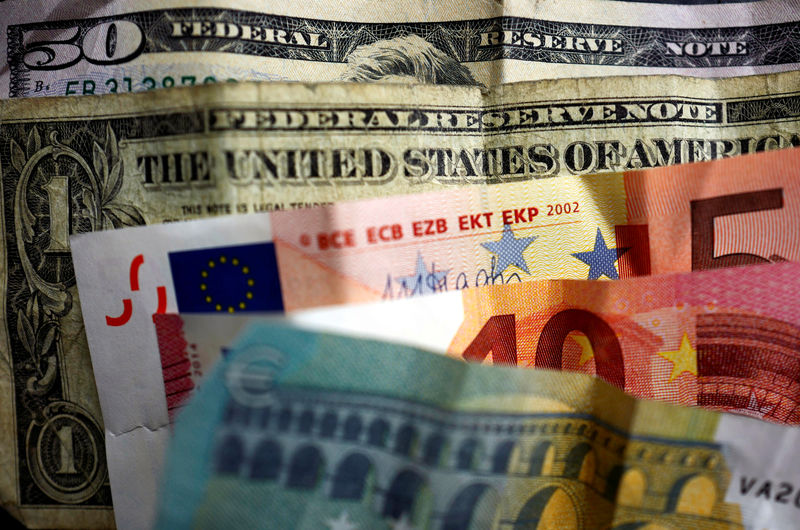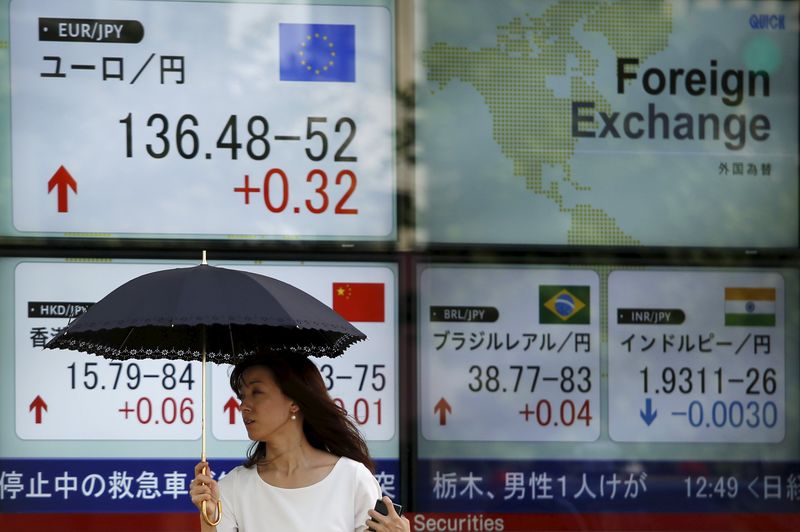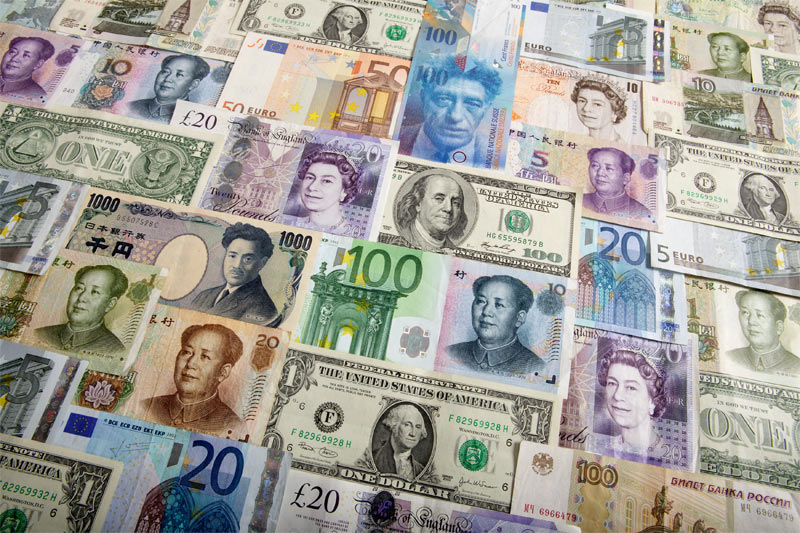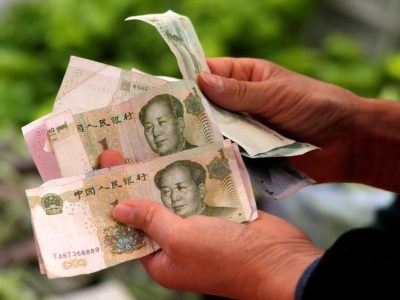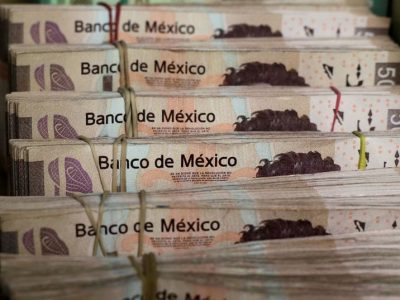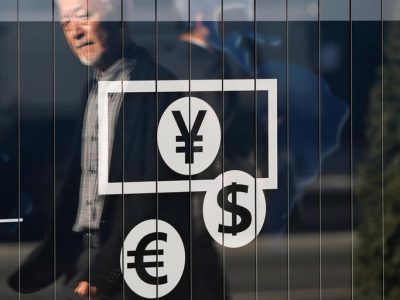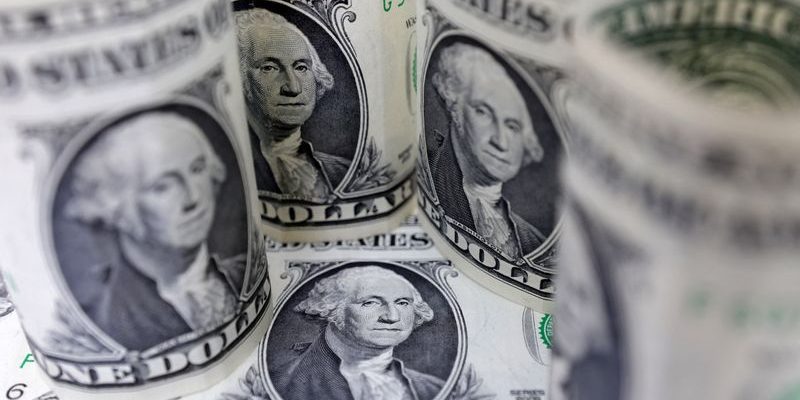
By Ankur Banerjee
SINGAPORE (Reuters) -The U.S. dollar clung to a 2-1/2-month high on Tuesday on expectations the Federal Reserve will take a measured approach to interest rate cuts, while a close battle in the upcoming U.S. election kept investors on edge.
The dollar’s strength, boosted by rising Treasury yields, kept the pressure on the yen, euro and sterling, a theme that has been building over the past few weeks as data showed the U.S. economy remained in a good place, resulting in traders scaling back their bets of large and rapid rate cuts from the Fed.
Four Federal Reserve policymakers expressed support on Monday for further rate cuts, but appeared to differ on how fast or far they believe any cuts should go.
The diverging views provided a taste of what might be expected at the Fed’s upcoming policy meeting on Nov. 6-7.
Markets are pricing in an 89% chance of the Fed cutting rates by 25 basis points (bps) next month, versus a 50% chance a month earlier, when investors saw an equal likelihood of a larger 50 bps cut, the CME FedWatch tool showed.
Traders are anticipating overall 41 bps of easing for the rest of the year, with the Fed having kicked off its rate-cut cycle with a 50 bps cut in September.
“The market’s aggressive Fed rate cut expectations have been questioned in the last few week with the U.S. exceptionalism story remaining intact and what Fed speakers hinting are gradual rate cuts from here,” Charu Chanana, chief investment strategist at Saxo.
“This, together, with the betting odds of a Trump 2.0 picking up has brought another leg of gains for the U.S. dollar.”
The dollar index which measures the U.S. currency versus six rivals was last at 103.93 in Asian hours, having reached 104.02 on Monday, its highest since Aug. 1. The index is on course for an over 3% gain in the month.
The euro last bought $1.08205, near its lowest since Aug. 2, while sterling was at $1.3006, near its lowest since Aug. 20.
ELECTION IN FOCUS
With the U.S. election just two weeks away, the rising odds of former President Donald Trump winning the Nov. 5 election are boosting the dollar, since his proposed tariff and tax policies are seen as likely to keep U.S. interest rates high.
The election, though, remains tight and too close to call and analysts expect volatility as investors position in the run-up to the results.
“Under a Trump win, we can expect a somewhat tumultuous environment with a lot of uncertainty,” strategists at PineBridge Investments said in a note.
“While a Trump win could be viewed as a short-term tailwind for markets, the picture looks quite different over the longer term… in some ways, we view a Harris win as a ‘status quo’ outcome that would likely continue existing policies and entail a slower-moving process for policy shifts.”
The yield on the benchmark U.S. 10-year Treasury note rose to its highest since July 26 in Asian hours and was last at 4.218%.
“While global bonds are facing pressure, the rise in U.S. 10-year yields suggests that this upward trend may persist,” said Kieran Williams, head of Asian FX at InTouch Capital Markets.
“Although the implications of weak U.S. fiscal policy may be a slow-moving issue for the market, they could start to impact sentiment following the U.S. election.”
The rising yields weighed on the yen, which is extremely sensitive to moves in Treasuries. The yen on Tuesday touched a near three month low of 151.10 per dollar.
The Bank of Japan is carefully looking at the upside risks from rising import prices as the yen weakens, Executive Director Takeshi Kato was quoted as saying by Jiji Press on Tuesday.
The yen weakness comes as Japan is set to conduct a general election on Oct. 27. While opinion polls vary on how many seats the ruling Liberal Democratic Party (LDP) will win, markets have been optimistic that the LDP, along with junior coalition partner Komeito, will prevail.


